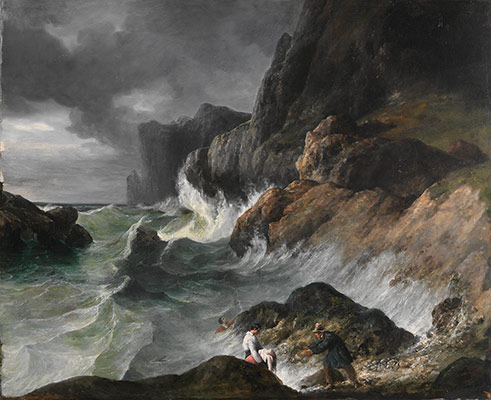
Romanticism is a classic theme within literature, a movement where the poets and artists were more concerned with the diversity and beauty within the natural world, as opposed to the new, ever-growing industrial revolution that was corrupting nature. Artists tend to focus more on their own emotions rather than rational thought and composure – justifying melodramatic, ridiculous actions with their own feelings.
“Civilisation is what makes you sick”
– Paul Gauguin
The theme of the sublime, however, is something a lot more extreme – the intense emotion of horror and insignificance, all the while in awe and admiration of ones surroundings. First truly defined in Edmund Burke’s 1757 novel ‘A Philosophical Enquiry into the Origin of Our Ideas of the Sublime and Beautiful’, the sublime is said to be an artistic effect productive of the strongest emotion the mind is capable of feeling.

A photographer that uses these ideas in his work would be Ansel Adams, taking high-focus images of grandiose landscapes out in the old American West during the 1900s. He captured scenes of vistas large enough to make anyone feel insignificant in comparison – creating a sense of the sublime.
